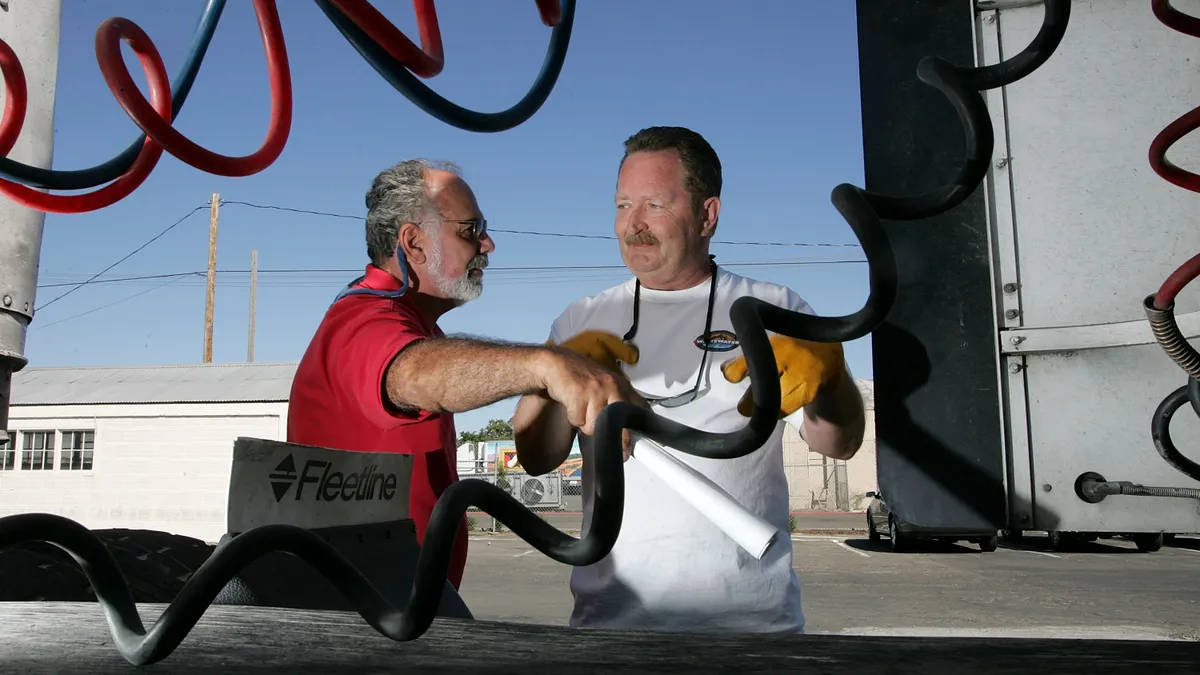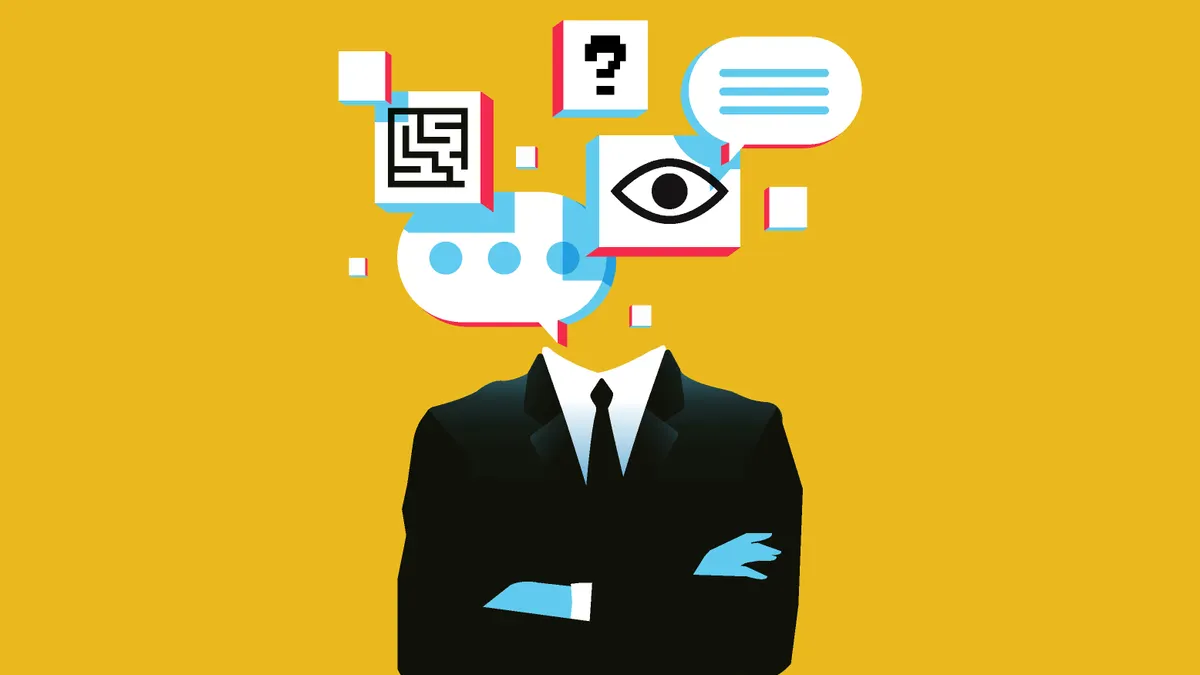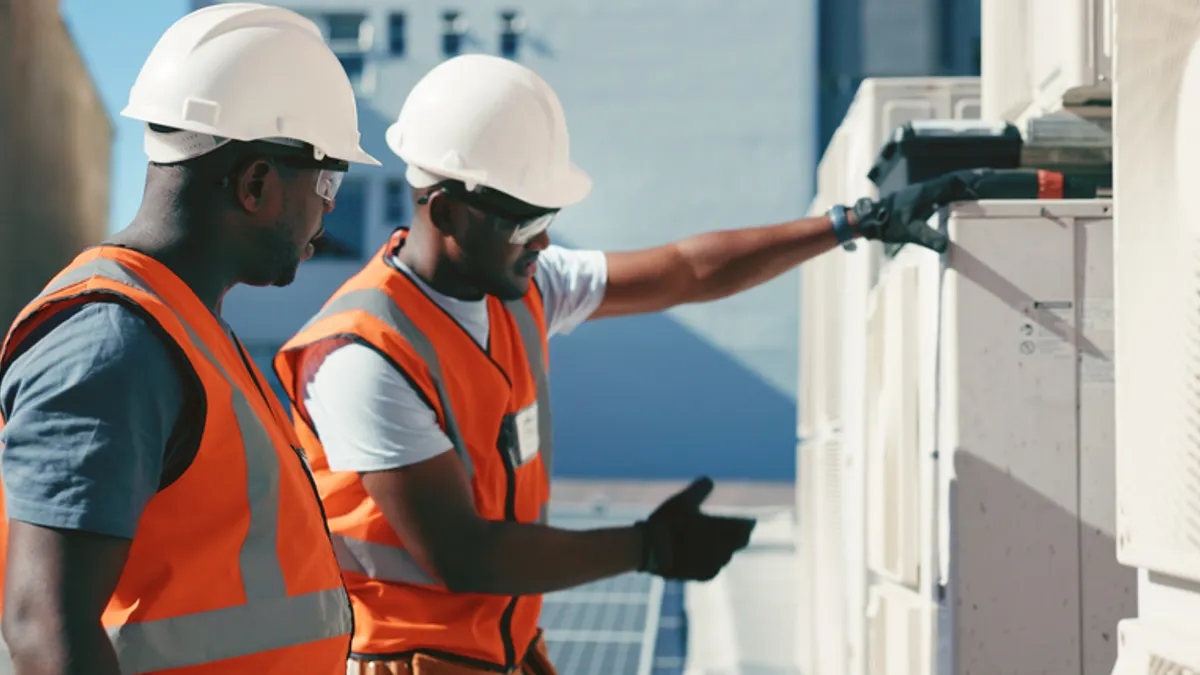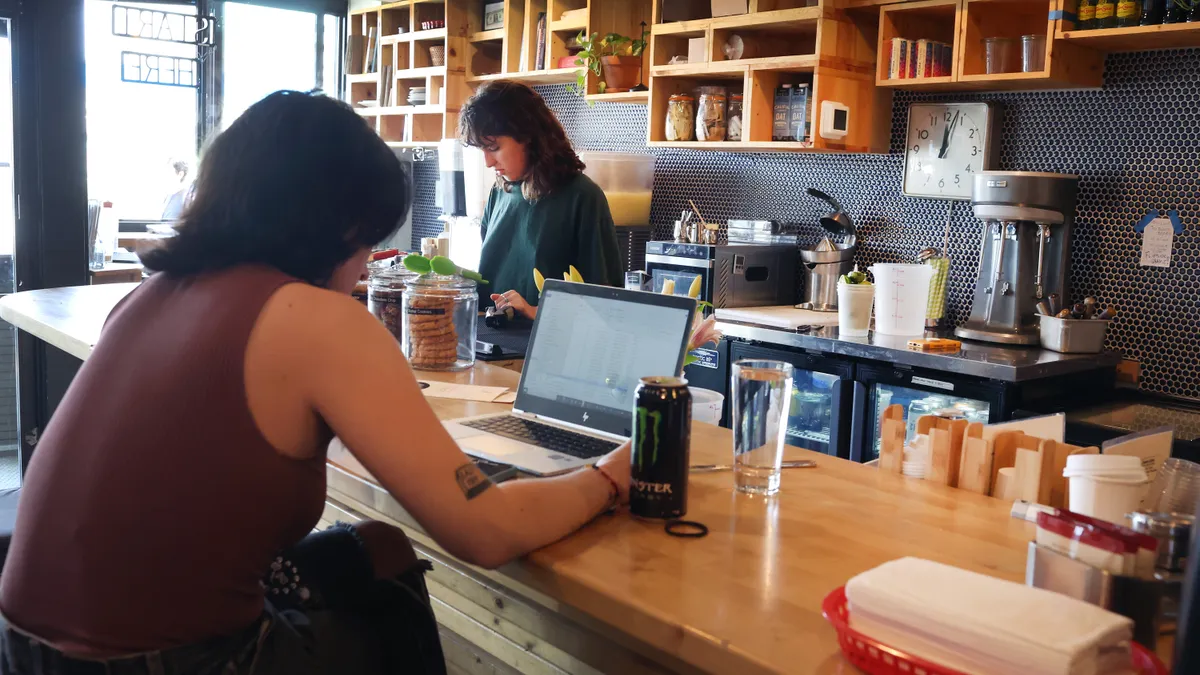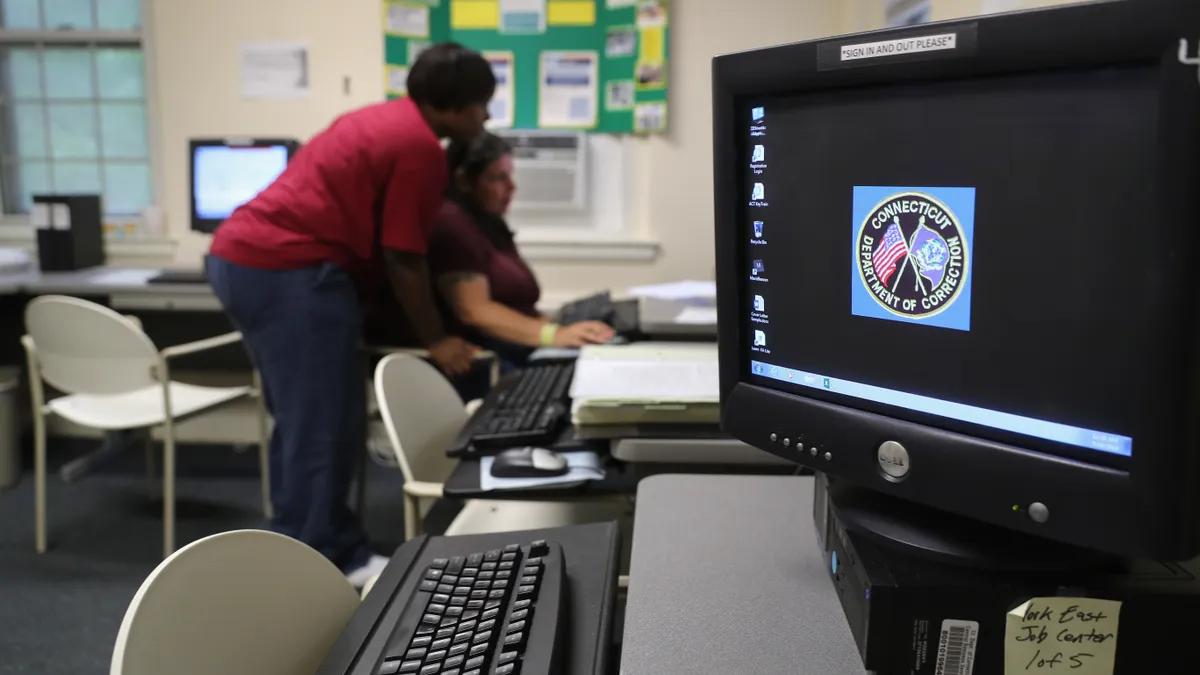Leadership development training is pretty serious stuff: You're essentially preparing the next generation of employees for future leadership roles. The challenge is heightened since companies can only truly foresee small-scale changes to their industries, making choosing a training focus difficult. It’s one of the reasons why organizational leaders are looking for new and better ways to connect learning with results.
HR Dive talked with one such leader, Grayson Lafrenz, CEO of Power Digital Marketing, about his fresh approach to employee development.
Power Digital Marketing, a San Diego marketing agency featured on Inc’s 2017 Best Places to Work list, wanted to see real results from its training efforts. So Lafrenz created the aptly named the "Power Pairs Mentorship Program," designing it with replication in mind.
The program pairs two employees, creating a mentorship relationship, and gives mentors a chance to design custom curriculum based on individual mentee needs. It also answers the "why" of training and helps keep employees focused by giving teams time away from the worksite. The project culminates in a slide deck and blog post explaining what they have accomplished and learned.
Below, Lafrenz discusses how the mentorship program was formed, the successes they've seen, and how it continues to evolve. Some questions and answers have been edited for length and clarity.
HR Dive: How did you come up the idea for your employee development training and why go to the level that you have?
Lafrenz: It’s really kind of a funny story. As a millennial myself working with millennial employees, I completely relate to them. Millennials love creativity, and learning helps them feel satisfied at work, especially when it leads to better results.
I was getting ready to re-launch an existing leadership program for my company, and sitting on my couch at home. I began thinking about the employees who might be ready to grow in their careers (those who had already taken the leadership program). I wanted this learning and growth to be ongoing and successful. It occurred to me, “What if we teamed up our senior and junior team members so they can teach each other and learn on a whole new level?” Essentially, this would create a cross-channel of learning, while simultaneously creating a bond to help our culture. Interestingly, from that first sitting in a moment of dumb luck, the foundation of the mentorship program hasn't changed much from the initial draft.
HR Dive: What was your criteria for matching mentors with mentees? How did diversity play a role?
Lafrenz: We weren't looking for one set of diverse standards. Instead, we considered things like personality by matching the employees who were more outspoken with quieter employees so that they could learn from each other. In other cases we looked for those who had different methods of doing a task.
HR Dive: How did you make employees accountable for their success?
Lafrenz: By the end of the program, all participants knew that they were all accountable to each other and their colleagues. This increased the mystery and excitement factors. We also added light reminders of what the structure of the program was and what kind of effort we were looking for. We did not dictate what this level was but we noticed that it correlated with the people they would become — their drive was indicative of their own superstar ability and they worked really hard to get it. All employees got an ‘A” for their efforts, and none of them got it just because they did a good job. None of this was tied to promotions or incentives either.
HR Dive: We noticed that you offered a bonus for the winning team in your pilot of the mentoring program. However, in a recent post on Monster, you cautioned against too much competition. How did you avoid needless negativity and maintain a healthy competitive atmosphere?
Lafrenz: It really comes down to the nature and DNA of my company. We all win together and we all lose together. In order to reduce any over-competitiveness, we have a profit sharing program so that all employees have a chance to reap the rewards of their efforts. We don't really have a problem because we don't make the incentive the center of the learning process. Employees must take the challenge seriously and they have to earn it.
HR Dive: For those organizations that want to start a mentoring project with a competition, how can they manage this?
Lafrenz: Number one: keep it simple. The more simple you can make it, the better. Employees are very busy with their normal roles and these will take precedence over the learning, so the easier you can make it and connect it to their real jobs, the better. Number two: Start with a smaller test group. Learn from it. A smaller group can ensure that you don't lose momentum and speed. Number three: Put a prize on the line to make it competitive, but get creative with the incentive. You can issue paid days off or other things that team will really get excited about. Number four: Make sure there is an end deliverable. In ours, we required a presentation of a blog post. This made sure that employees had a clear deliverable that was visible.
In our first run, our winning team created a 20-page blog post/guide explaining how to pass the Google analytics test. Because we are a marketing company, this was directly linked to our company and the work that the company does well. This continues to be evaluated by our customers and tested for accuracy and effectiveness, so there is an ongoing measurement of success. It also proves the company philosophy is correct, and makes for a great PR opportunity.
HR Dive: What’s next in the evolvement of your program?
Lafrenz: We continue to think of ways to improve our leadership programs and host many lunch and learns. During the upcoming winter break, we will be spending more time on program concepts.
HR Dive: Any final advice for other companies looking to adopt similar programs?
Lafrenz: Listen to your teams because they will tell you what they want to learn and what’s important to them. Some of the things we tried could have failed, if we didn't care so much about the success of all employees.
Industries are always changing and so we must all make time to get better, and to learn more from each other. The more entrepreneurial we can be with the way that we think about and approach employee professional development, the better and more effective our companies can be.







